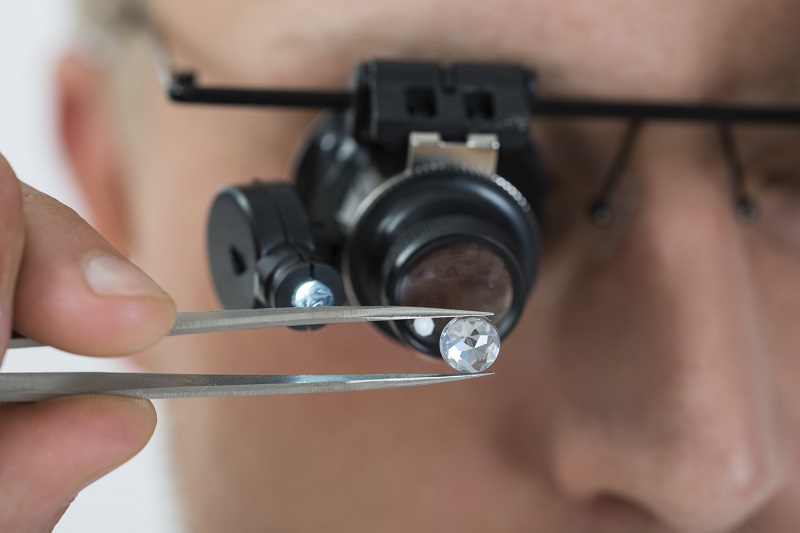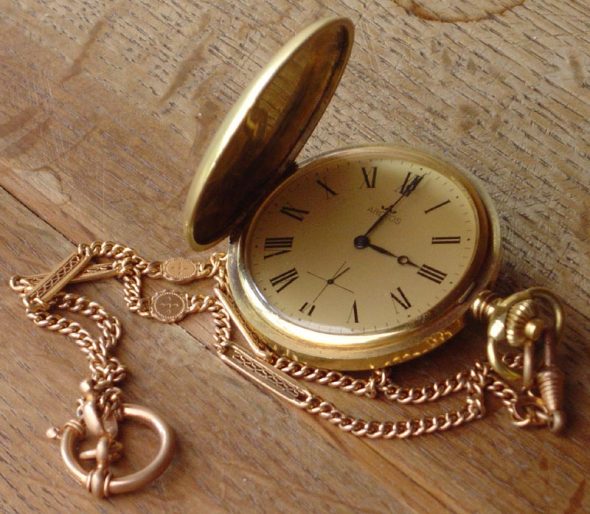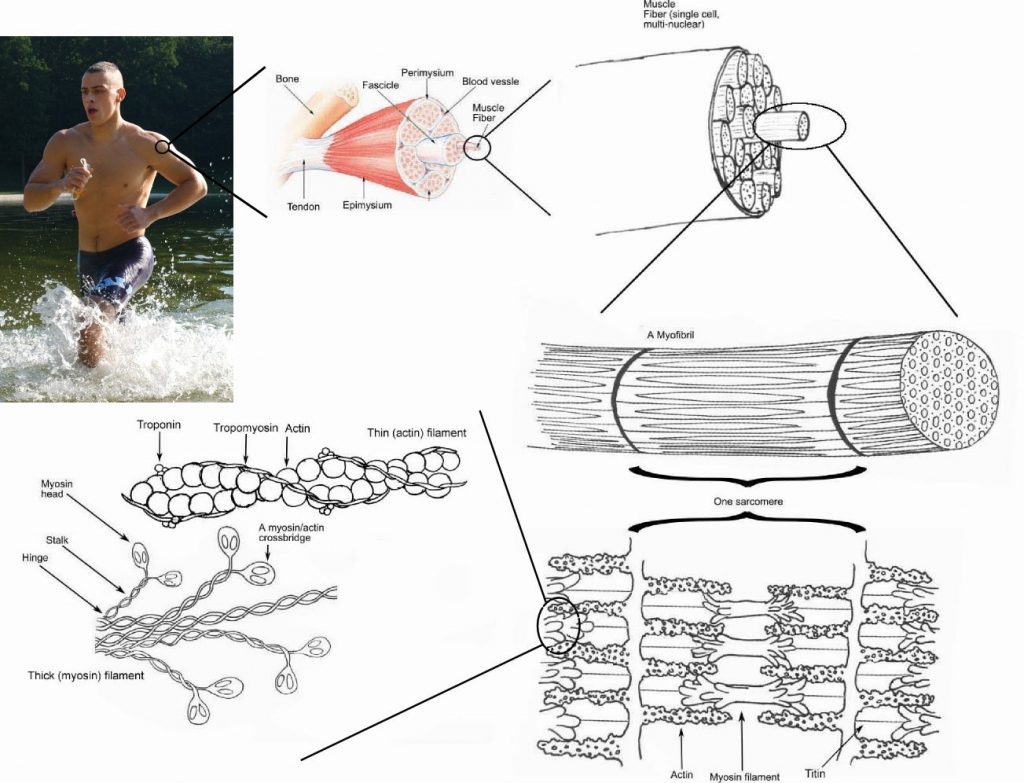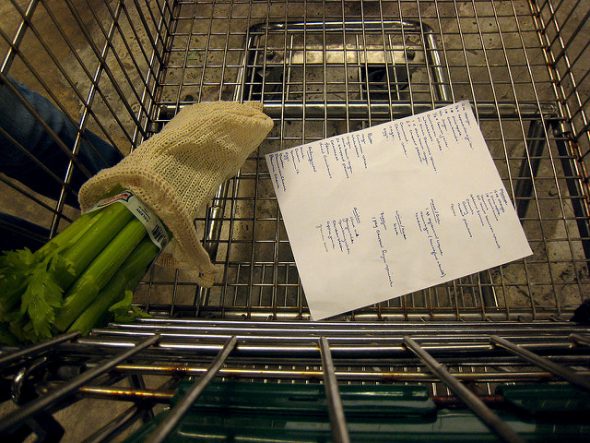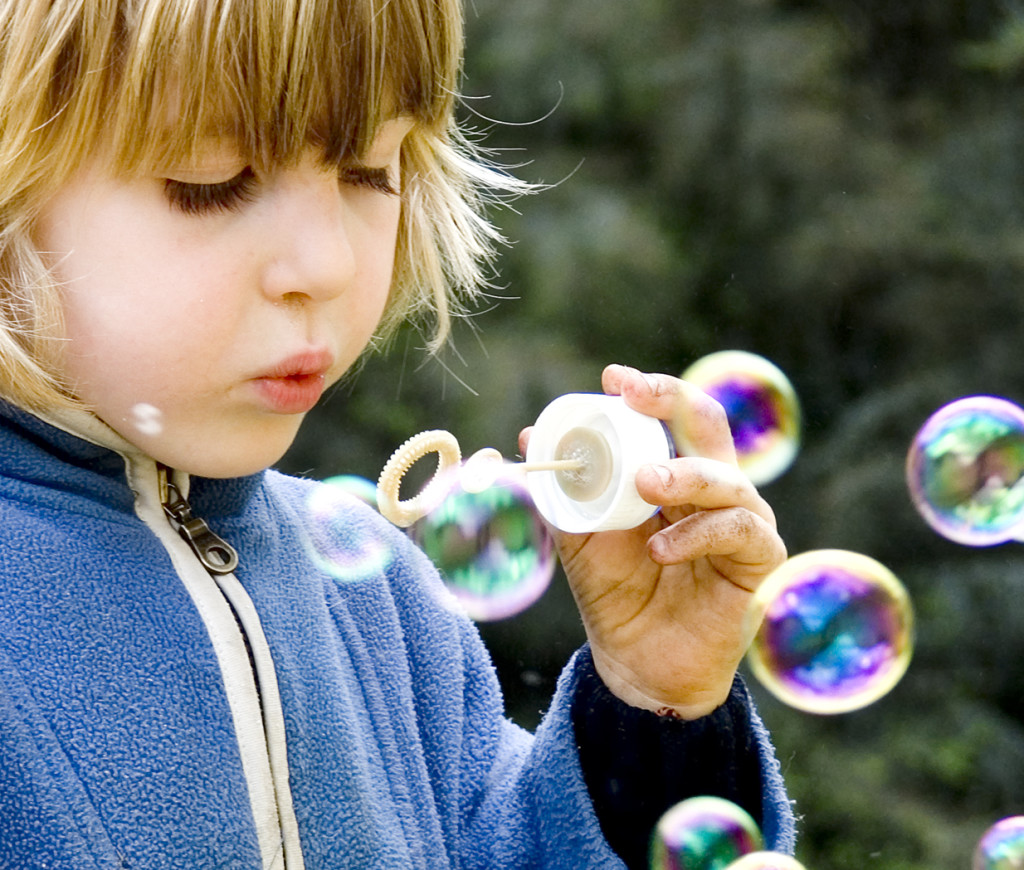The 6 Coolest New Industrial Materials That Will Change the World
The manipulation of materials has characterized the great moments of human evolution throughout its history. The ages of stone, bronze and iron owe their name to the materials that man…
